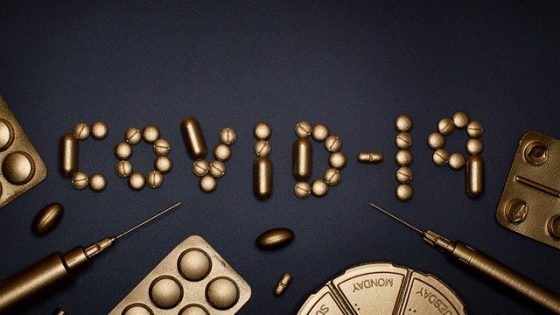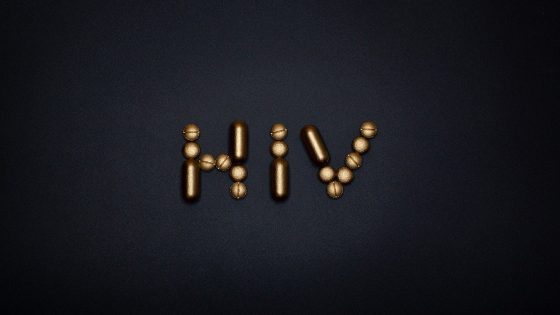DBVE-PC regimen
An abbreviation for a chemotherapy combination used with radiation therapy to treat childhood Hodgkin lymphoma. It includes the drugs doxorubicin hydrochloride (Adriamycin), bleomycin sulfate, vincristine sulfate, etoposide, prednisone, and cyclophosphamide. Also called ABVE-PC, ABVE-PC regimen, and DBVE-PC.
DCF
An abbreviation for a chemotherapy combination used to treat certain types of head and neck cancer and stomach cancer. It includes the drugs docetaxel (Taxotere), cisplatin (Platinol), and fluorouracil. Also called docetaxel-cisplatin-fluorouracil, Taxotere-Platinol-fluorouracil, TPF, and TPF regimen.
DCIS
A noninvasive condition in which abnormal cells are found in the lining of a breast duct. The abnormal cells have not spread outside the duct to other tissues in the breast. In some cases, DCIS may become invasive cancer and spread to other tissues. At this time, there is no way to know which lesions could become invasive. Also called ductal carcinoma in situ and intraductal breast carcinoma.
DDS
A rare disorder that causes kidney failure before age 3, abnormal development of the sexual organs, and, in most cases, Wilms tumor (a type of kidney cancer). Children with Denys-Drash syndrome are also at high risk of some other types of cancer. Also called Denys-Drash syndrome.
de Gramont regimen
A chemotherapy combination used to treat colorectal cancer. It is also used with radiation therapy to treat esophageal cancer and stomach cancer. It includes the drugs fluorouracil and leucovorin calcium.
de qi sensation
Tingling, numbness, heaviness, and other feelings that occur after an acupuncture needle has been properly placed in the body. The needle may be twirled, moved up and down at different speeds and depths, heated, or charged with a small electric current until the de qi sensation occurs.
death cap
A type of poisonous mushroom that has harmful effects on the kidneys and liver. It is responsible for most fatal cases of mushroom poisoning. Also called Amanita phalloides.
death rattle
A gurgling sound that comes from the back of the throat of a dying person. It is caused by the build-up of saliva and mucus in the throat and upper airways when the person is too weak to cough.
death receptor 4
A protein on the surface of certain cells that binds another protein called TRAIL, which may kill some cancer cells. An increase in the amount or activity of death receptor 4 on cancer cells may kill more cells. Also called DR4, TRAIL receptor 1, TRAIL-R1, and tumor necrosis factor receptor superfamily member 10A.













